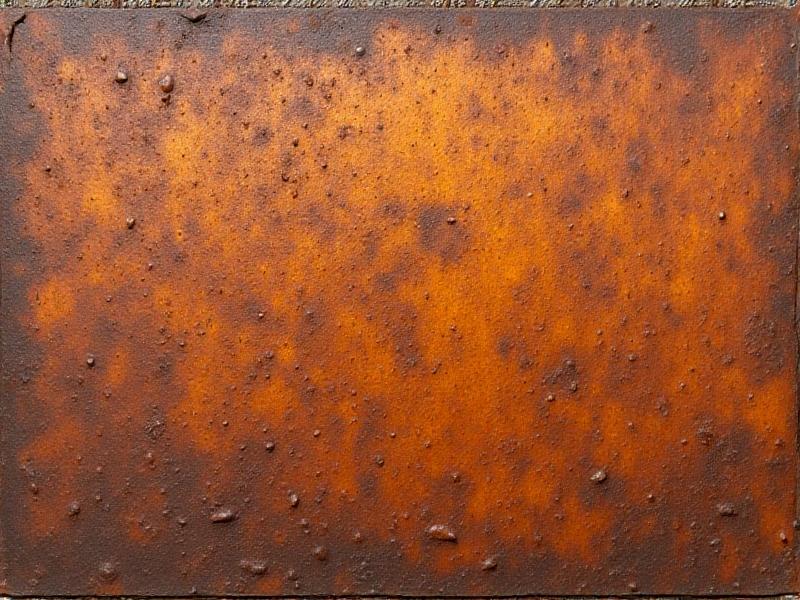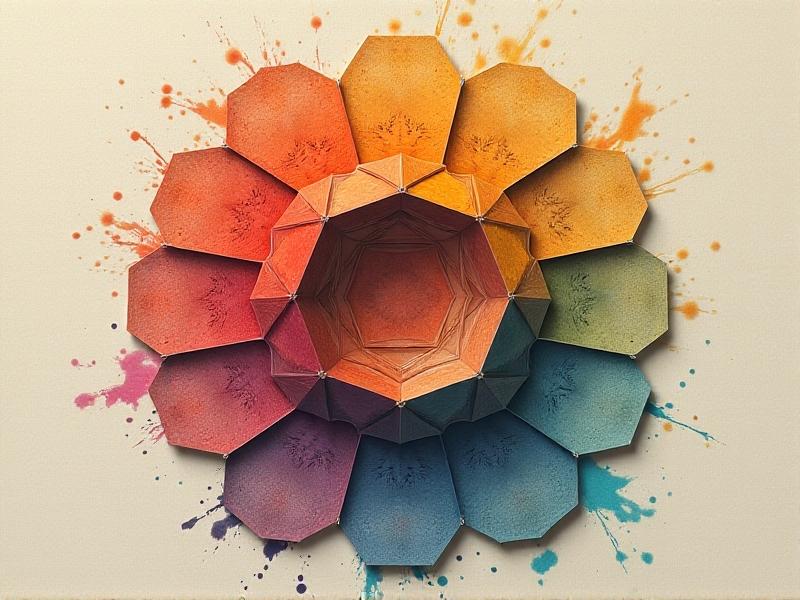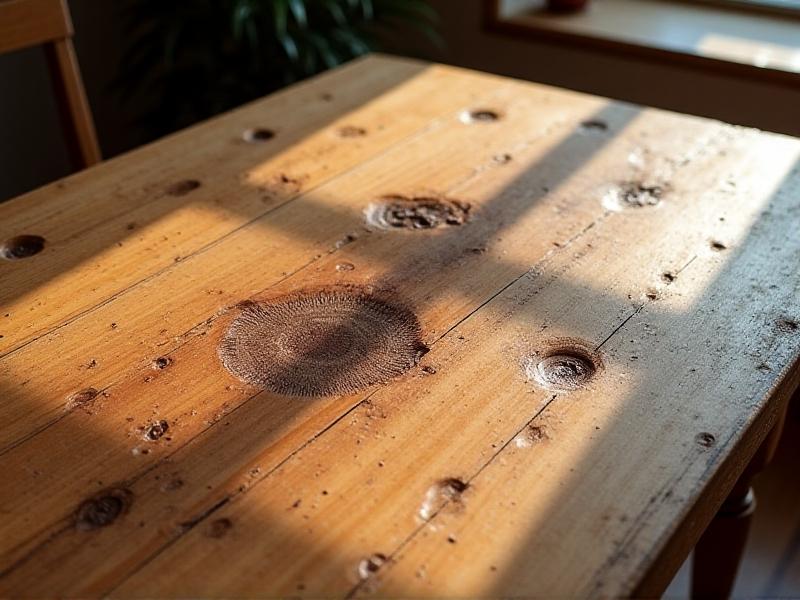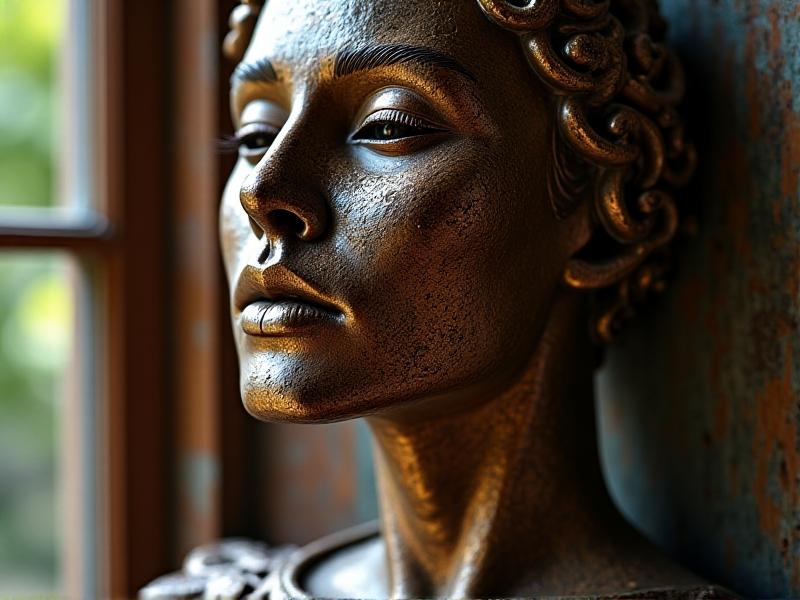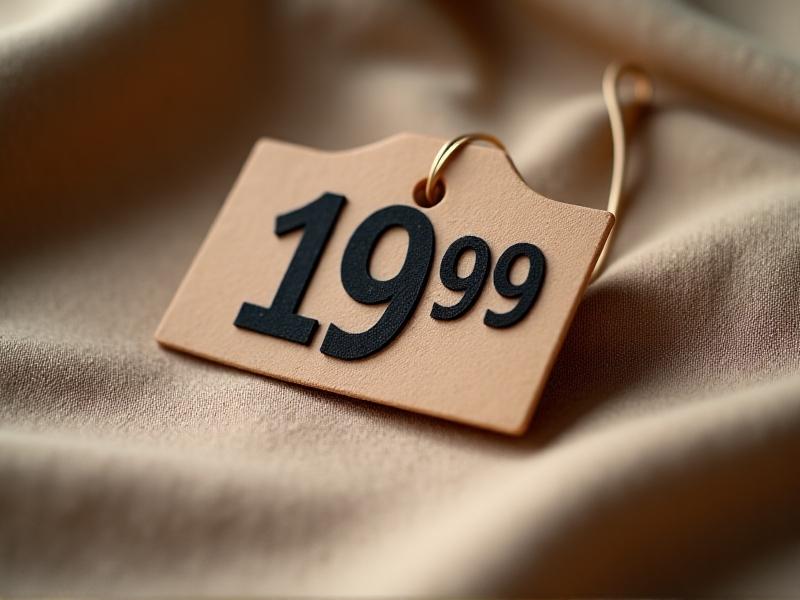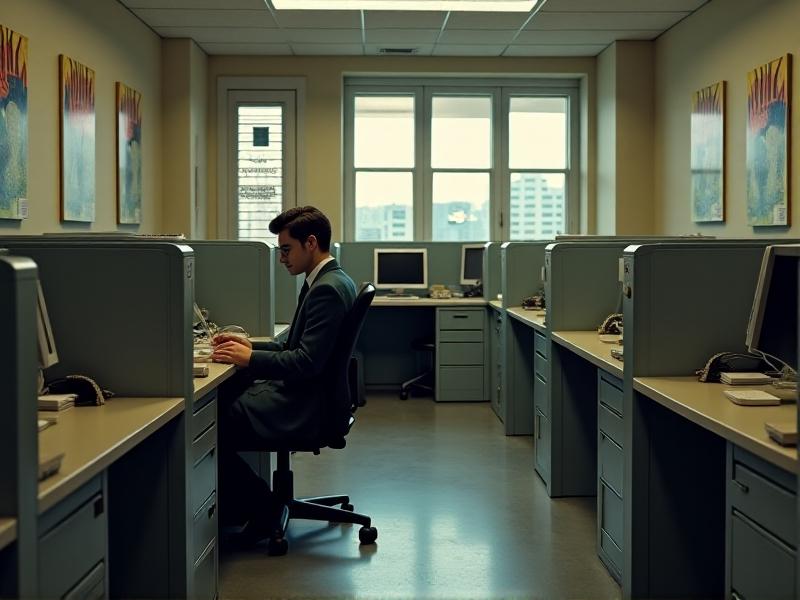Watermark Wizardry: Erasing Decades-Old Damage Overnight
The Silent Scourge: Understanding Decades-Old Watermarks
Watermarks—those faint imprints on paper or digital artifacts—have long served as identifiers, security features, or accidental byproducts of aging. But when they linger for decades, they morph from functional markers into stubborn blemishes. Historical documents, vintage photographs, and even digital archives often bear these ghostly traces, their origins lost to time. The damage isn’t merely aesthetic; watermarks can obscure text, distort images, and diminish the value of irreplaceable artifacts. Traditional restoration methods, like chemical treatments or manual retouching, are time-consuming, risky, and often impractical for fragile materials. The quest to erase these marks without harming the underlying content has plagued conservators for generations. Now, a blend of artificial intelligence and computational imaging is rewriting the rules, offering hope where patience and precision once fell short.
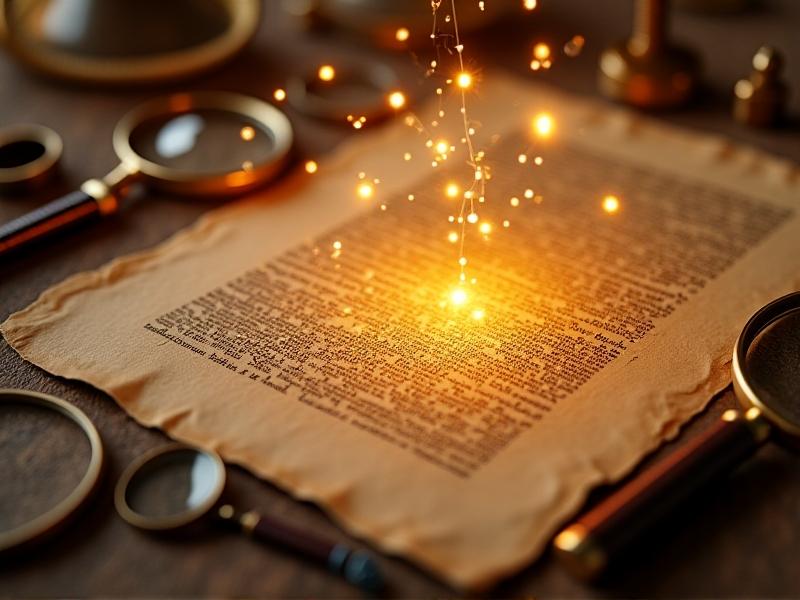
Pixel Alchemy: How AI Unlocks Invisible Repair
At the heart of modern watermark removal lies machine learning—specifically, generative adversarial networks (GANs). These AI models train on vast datasets of damaged and pristine images, learning to distinguish between content and corruption. Unlike earlier algorithms that simply “painted over” imperfections, GANs reconstruct missing details by predicting what lies beneath. Imagine a digital archaeologist: the AI analyzes patterns in paper texture, ink distribution, and light absorption to reverse-engineer the watermark’s impact. For physical documents, multispectral imaging captures data beyond the visible spectrum, revealing hidden layers of information. In one breakthrough case, a 17th-century map—once marred by a blotchy library stamp—was restored to its original clarity in hours, sparing it from months of delicate manual work. This isn’t just erasure; it’s resurrection, powered by algorithms that see what human eyes cannot.
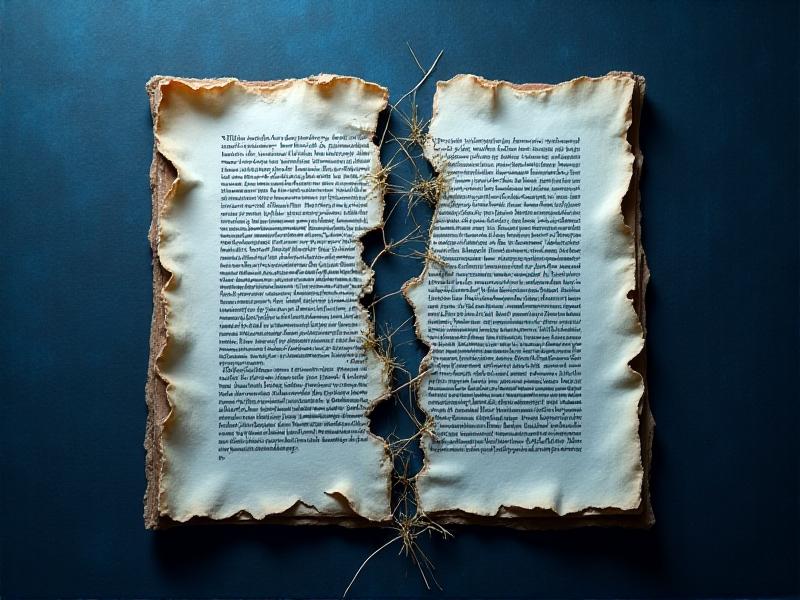
Ethics in Erasure: When Restoration Becomes Alteration
While the technology dazzles, it raises thorny questions. Does removing a watermark from a historical document erase part of its story? Institutions like the British Library have grappled with this dilemma, weighing preservation against authenticity. A 19th-century love letter, for instance, might carry a brewer’s logo from being repurposed as scrap paper—a detail that later historians could interpret as social context. AI’s ability to “clean” artifacts risks sanitizing history. Conversely, proponents argue that removing obstructive marks can reveal obscured narratives, like unearthing marginalia hidden beneath library stamps. The key lies in transparency: tools now log every alteration, creating a “digital provenance” trail. As one archivist noted, “We’re not deleting history. We’re peeling back layers to hear whispers we couldn’t before.”

From Museums to Mainstream: Democratizing Damage Repair
Once confined to elite institutions, watermark removal tools are now accessible via open-source platforms. A hobbyist can download a GAN-powered app to restore a grandparent’s war letters; small museums can process entire collections without outsourcing. Case in point: the Rural Archives Project in Portugal used free AI tools to salvage 500+ watermarked parish records, uncovering genealogical data once deemed illegible. Commercial services have emerged too, offering tiered solutions—from bulk processing for publishers to bespoke art restoration. Yet challenges persist. Low-resolution scans or mixed media (like ink-and-pencil sketches) still confound algorithms. The next frontier? Real-time restoration in smartphone cameras, letting users snap a photo and watch decades fade with a tap.
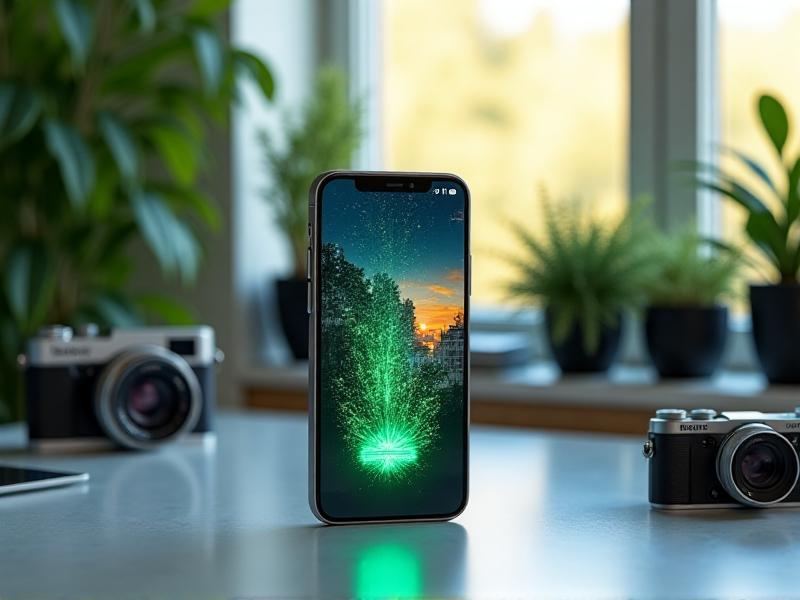
Beyond Paper: Watermarks in the Digital Age
Watermarks aren’t just physical. Digital equivalents—logos embedded in stock photos or timestamps on leaked documents—pose their own challenges. Here, AI’s role flips from savior to adversary, as tools designed to remove copyright marks clash with creators’ rights. Yet ethical applications abound: journalists redacting sensitive metadata from whistleblower files, or filmmakers restoring watermarked pre-release footage for archival purposes. Meanwhile, blockchain-based systems are pioneering “invisible” watermarks that don’t mar content but still track ownership—a potential ceasefire in the arms race between protection and alteration. As one developer quipped, “The future isn’t about erasing marks. It’s about making them smarter.”
